Ever looked at your tiny backyard or balcony and thought, “Can I really grow my own food here?”
You’re not alone.
Most people think you need a huge yard, tons of time, and a green thumb to start a vegetable garden.

But here’s the truth: You don’t.
You just need the right small vegetable garden ideas, a little grit, and a plan that actually fits your life.
Let’s break down 15 small vegetable garden ideas that work for real people, in real spaces, with real lives.
Why Bother With Small Vegetable Gardens?
Let’s get real.
You want fresh veggies, but you don’t want to spend your weekends weeding a giant plot.
You want to save money, eat better, and maybe even impress your friends with your homegrown tomatoes.
But you’ve got a small space.
So, what do you do?
You get creative.
You use every inch.
You make it work for you.
1. Container Gardening: The OG Small Vegetable Garden Idea
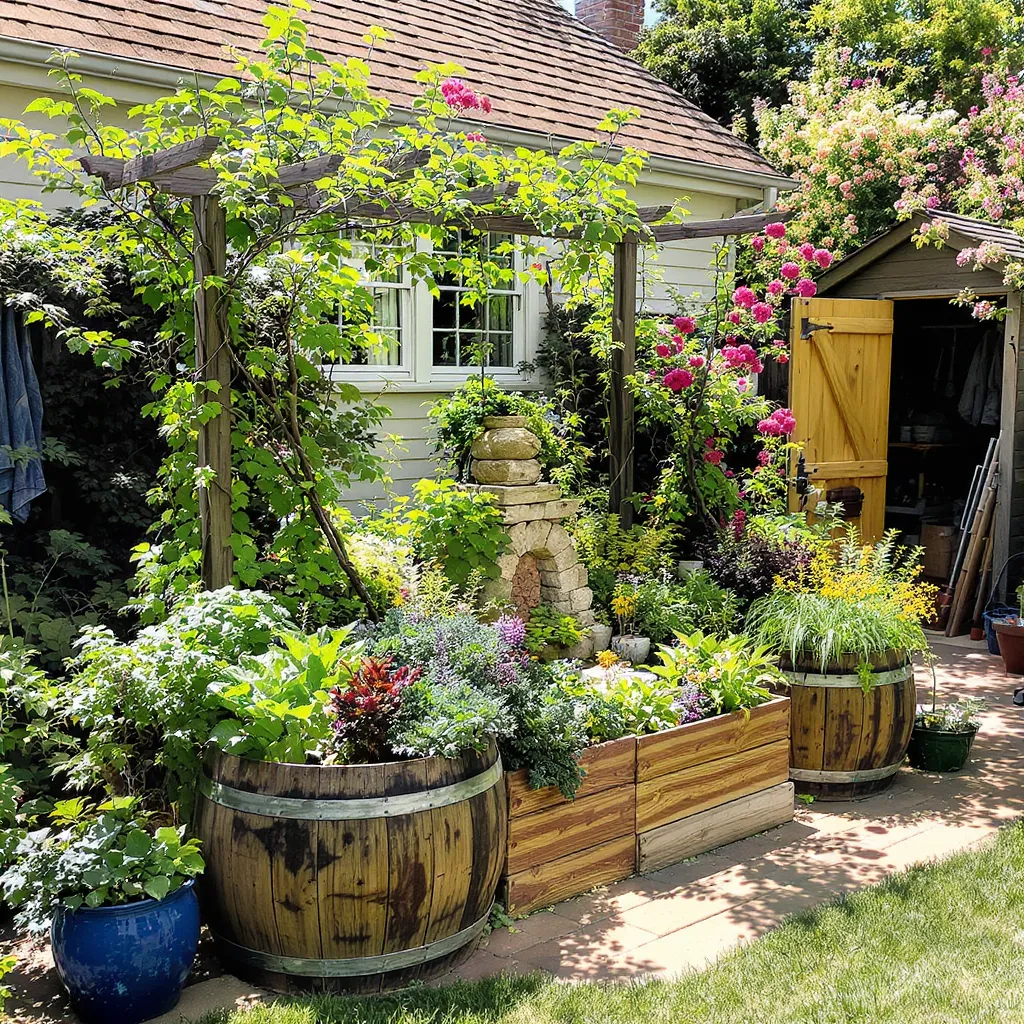
Container gardening is the MVP of small vegetable garden ideas.
You can grow almost anything in a pot—tomatoes, peppers, lettuce, even carrots.
Here’s why containers rock:
- Move them anywhere: Sun shifts? Just pick up your pot and move it.
- Control the soil: No more worrying about bad dirt.
- Less weeding: Weeds hate containers.
Pro tip:
Use 5-gallon buckets for tomatoes and peppers.
Old storage bins work for lettuce and radishes.
Just make sure there are drainage holes.
2. Vertical Vegetable Gardens: Go Up, Not Out
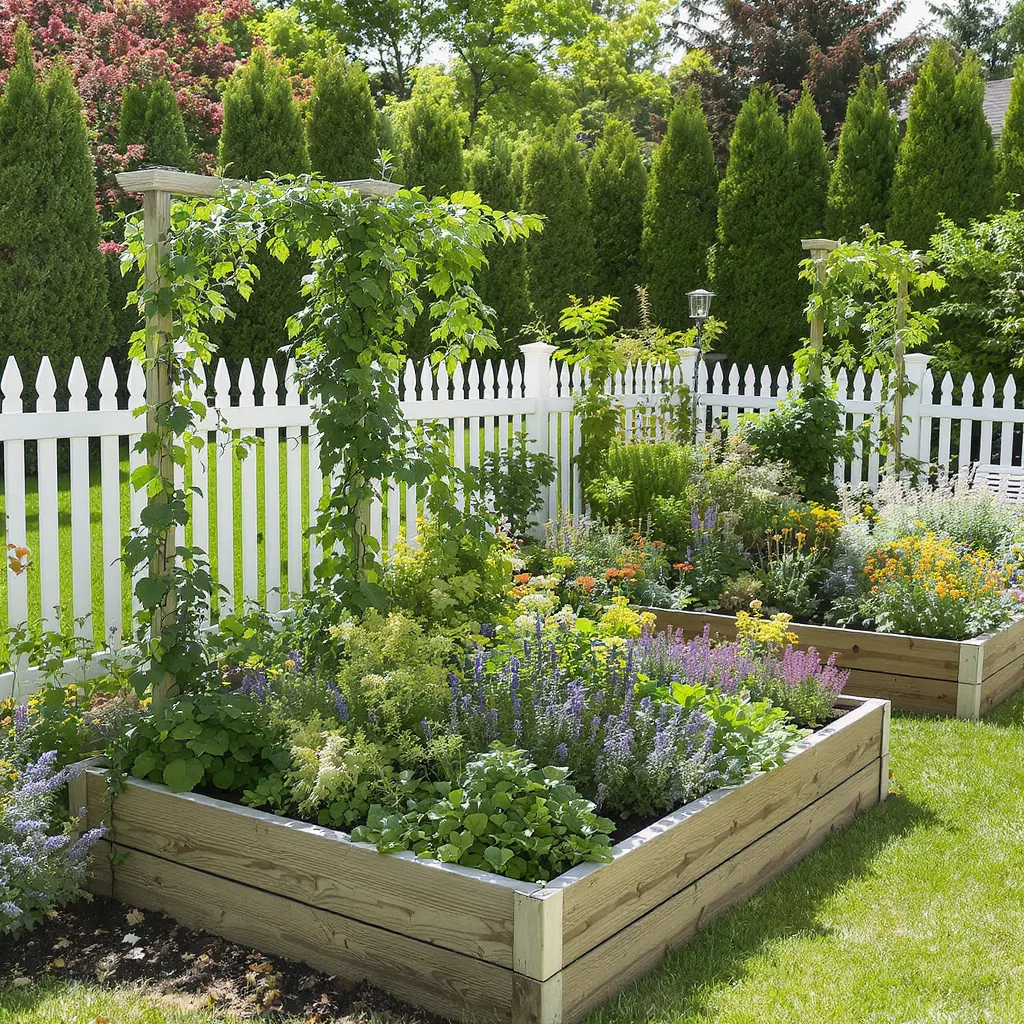
When you’re short on space, think vertical.
Vertical gardening is one of the smartest small vegetable garden ideas out there.
You can use:
- Trellises for cucumbers and beans
- Wall-mounted planters for herbs
- Hanging baskets for strawberries
Story time:
My friend in Brooklyn grows more food on her fire escape than most people do in a backyard.
She uses shoe organizers to grow lettuce and herbs.
It works.
3. Raised Beds: Small, But Mighty
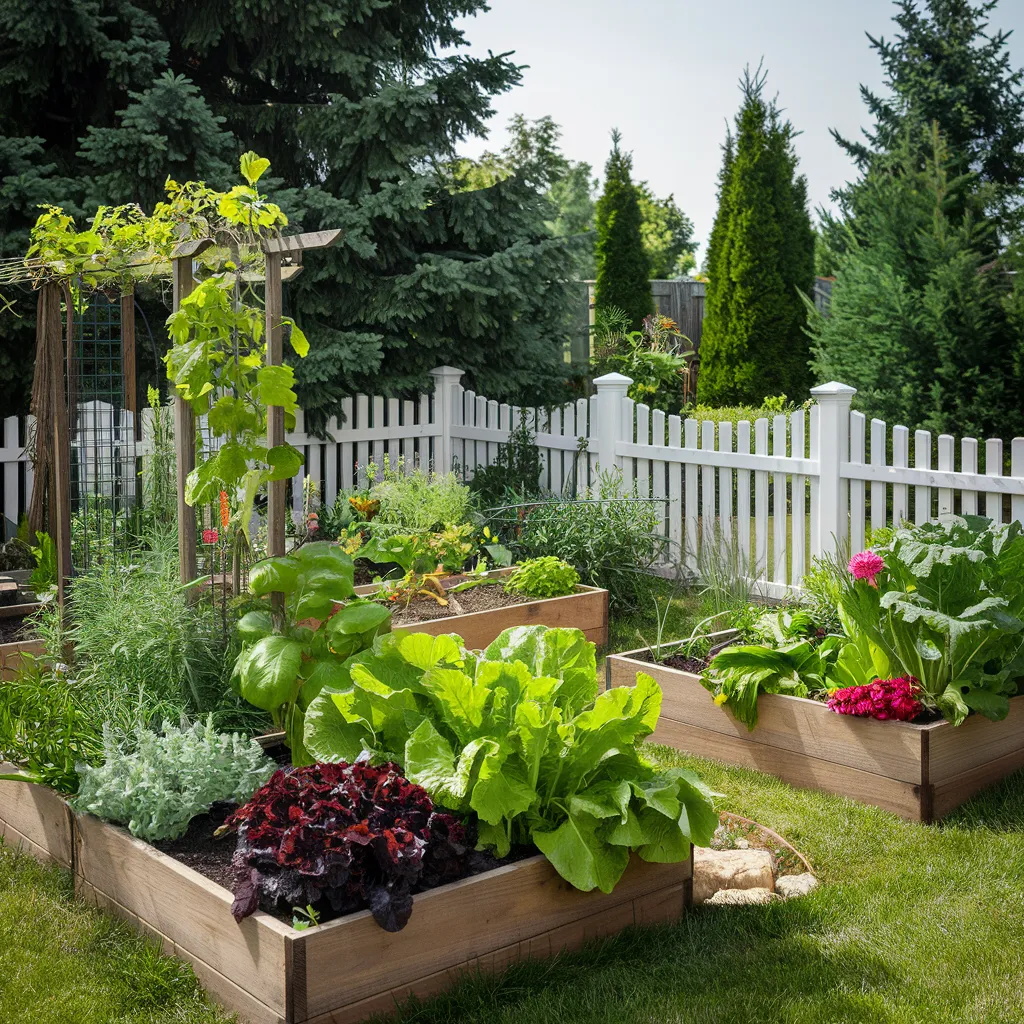
Raised beds are perfect for small vegetable gardens.
You control the size, the soil, and the look.
A 4×4 raised bed can grow a surprising amount of food.
Why raised beds?
- Better drainage
- Fewer weeds
- Easier on your back
LSI keywords:
Square foot gardening, intensive planting, urban gardening.
4. Herb Spirals: Small Space, Big Flavor
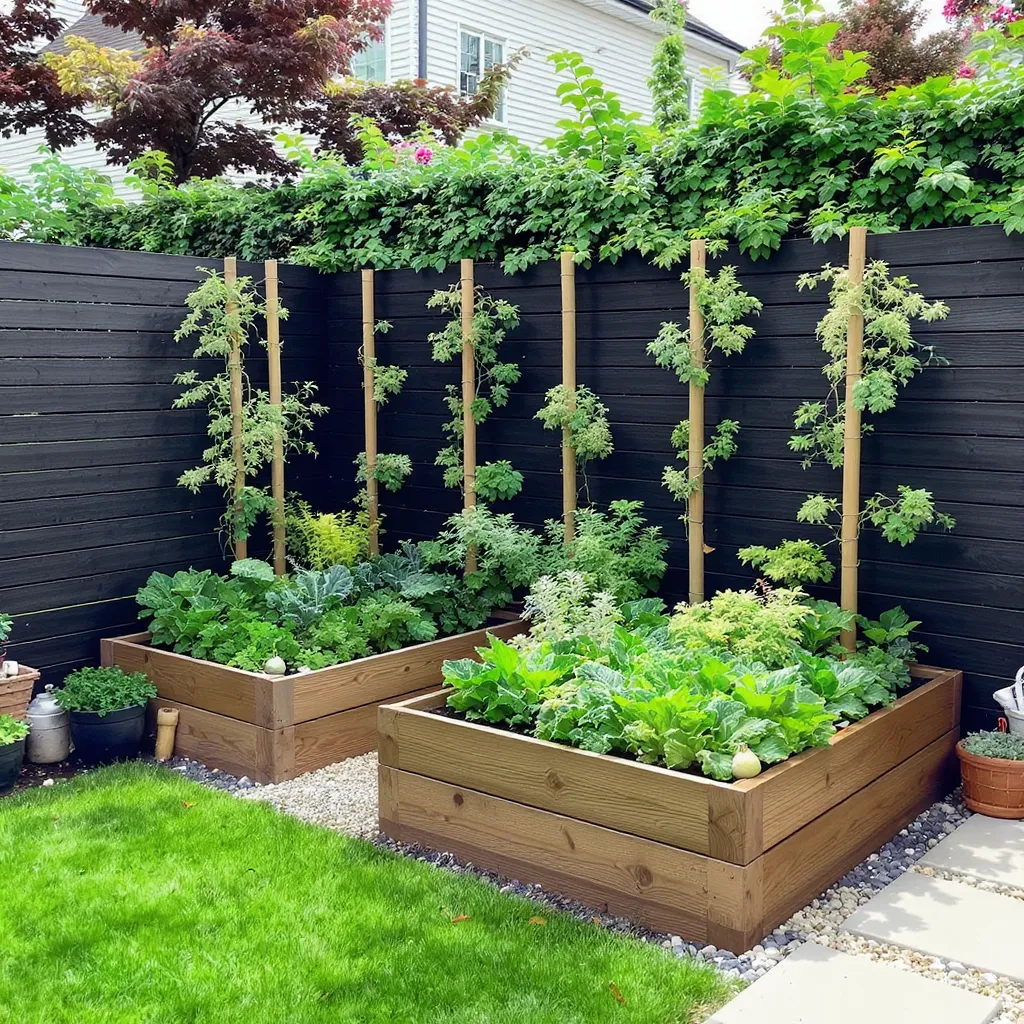
Herb spirals are a permaculture favorite.
They’re basically a spiral-shaped mound of soil, stacked with rocks or bricks.
You plant herbs at different levels, so each one gets the sun and water it needs.
Why it works:
You get a ton of herbs in a tiny footprint.
Plus, it looks cool.
5. Window Box Gardens: Grow Veggies on Your Sill
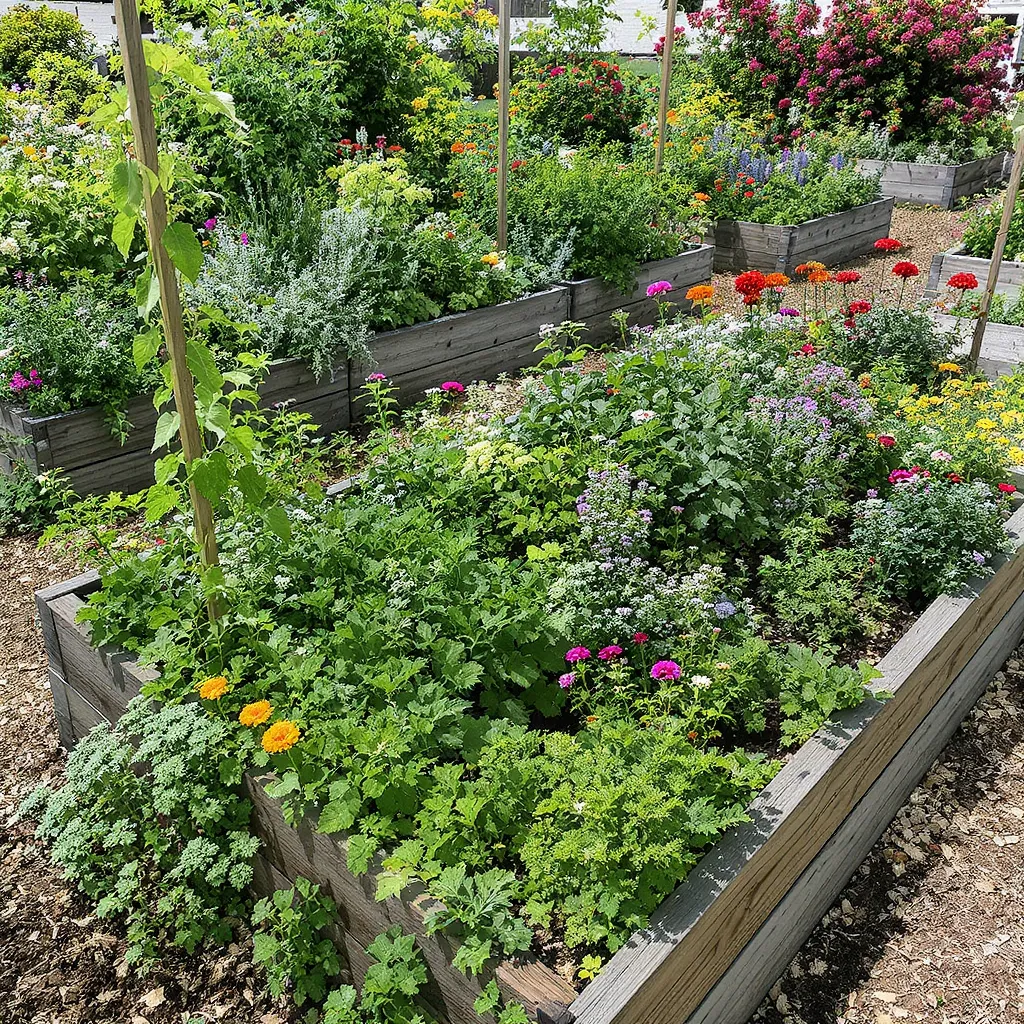
Don’t have a yard?
No problem.
Window boxes are a classic small vegetable garden idea.
Best veggies for window boxes:
- Lettuce
- Radishes
- Spinach
- Green onions
Pro tip:
Use a high-quality potting mix and water often.
Windows get hot.
6. Grow Bags: Flexible and Cheap
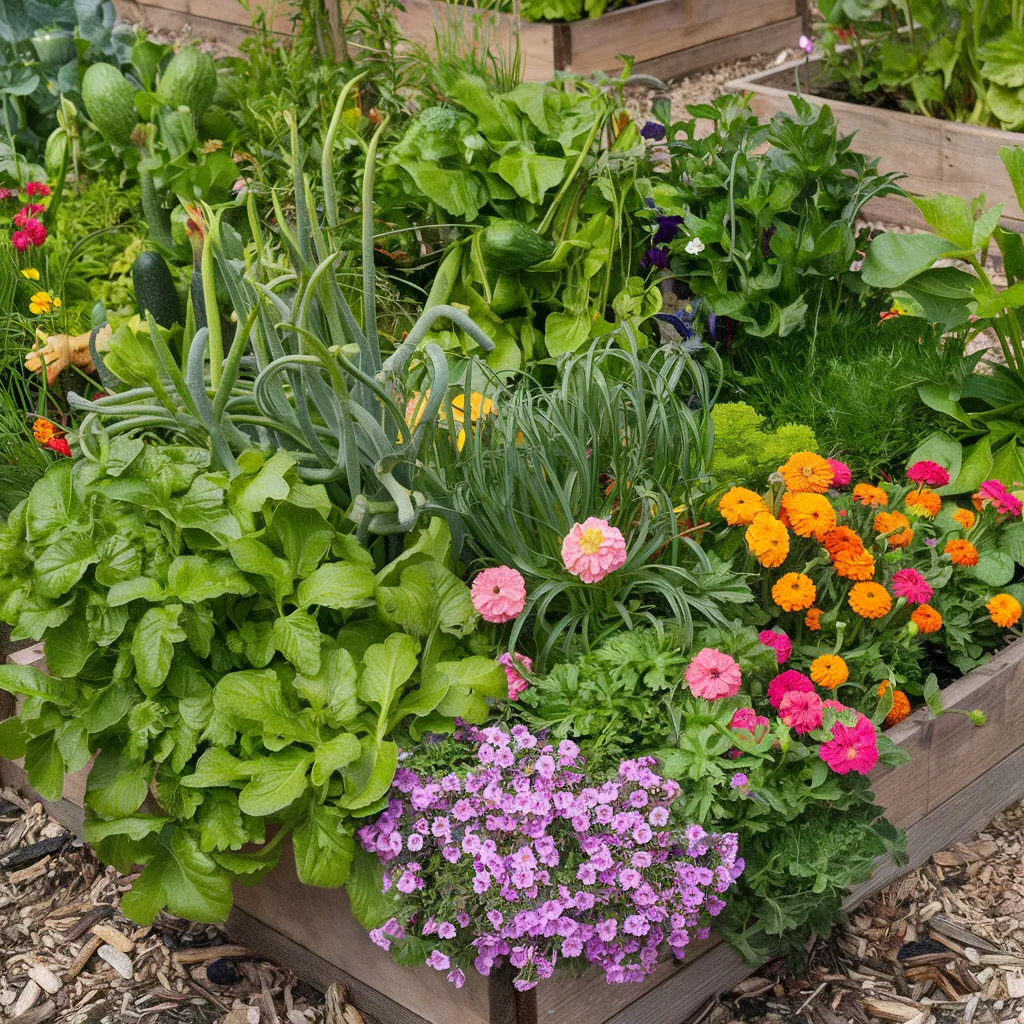
Grow bags are fabric pots that let roots breathe.
They’re perfect for renters or anyone who wants to move their garden around.
Best for:
Potatoes, tomatoes, peppers, and even carrots.
Why use grow bags?
- Cheap
- Portable
- Easy to store in winter
7. Pallet Gardens: Upcycle and Grow
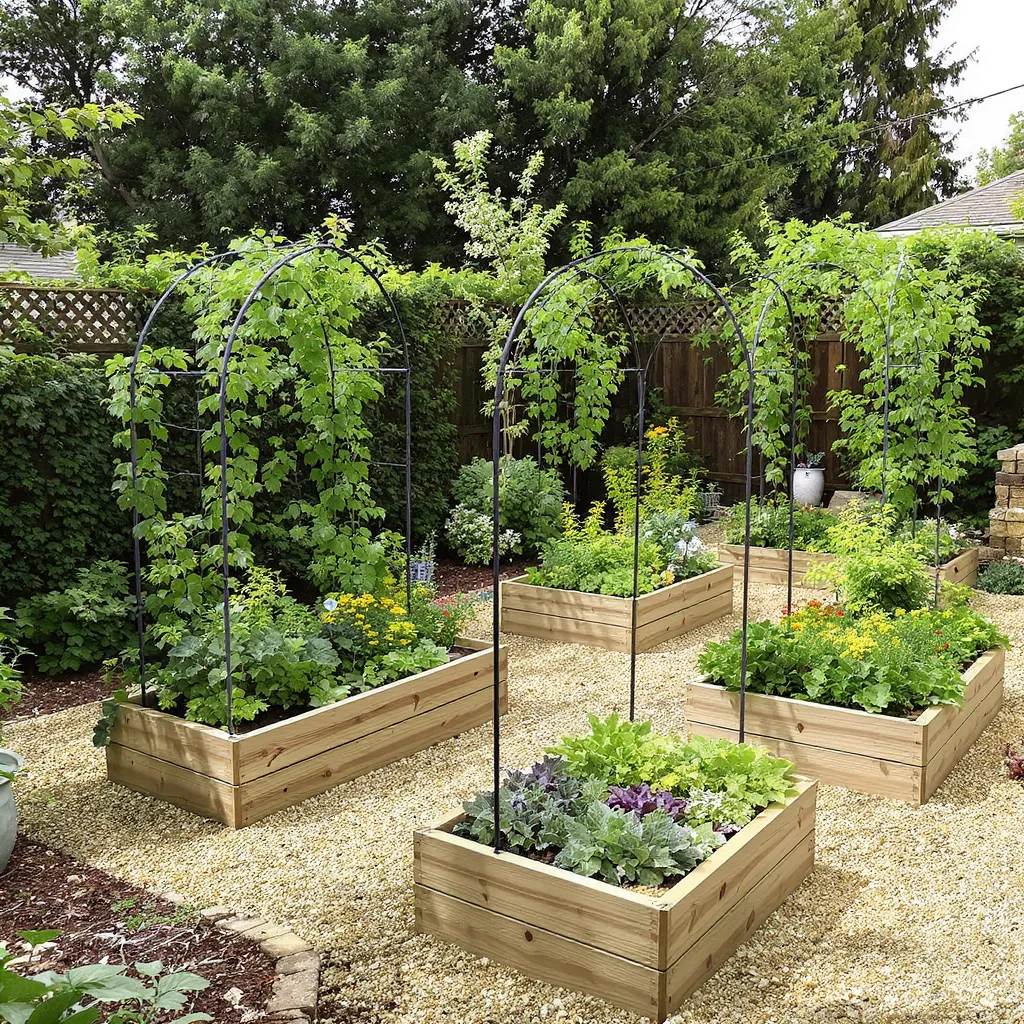
Got an old pallet?
Turn it into a vertical garden.
Just staple landscape fabric to the back, fill with soil, and plant away.
Great for:
Leafy greens, herbs, strawberries.
LSI keywords:
DIY vegetable garden, upcycled garden, pallet planter.
8. Square Foot Gardening: Max Out Every Inch
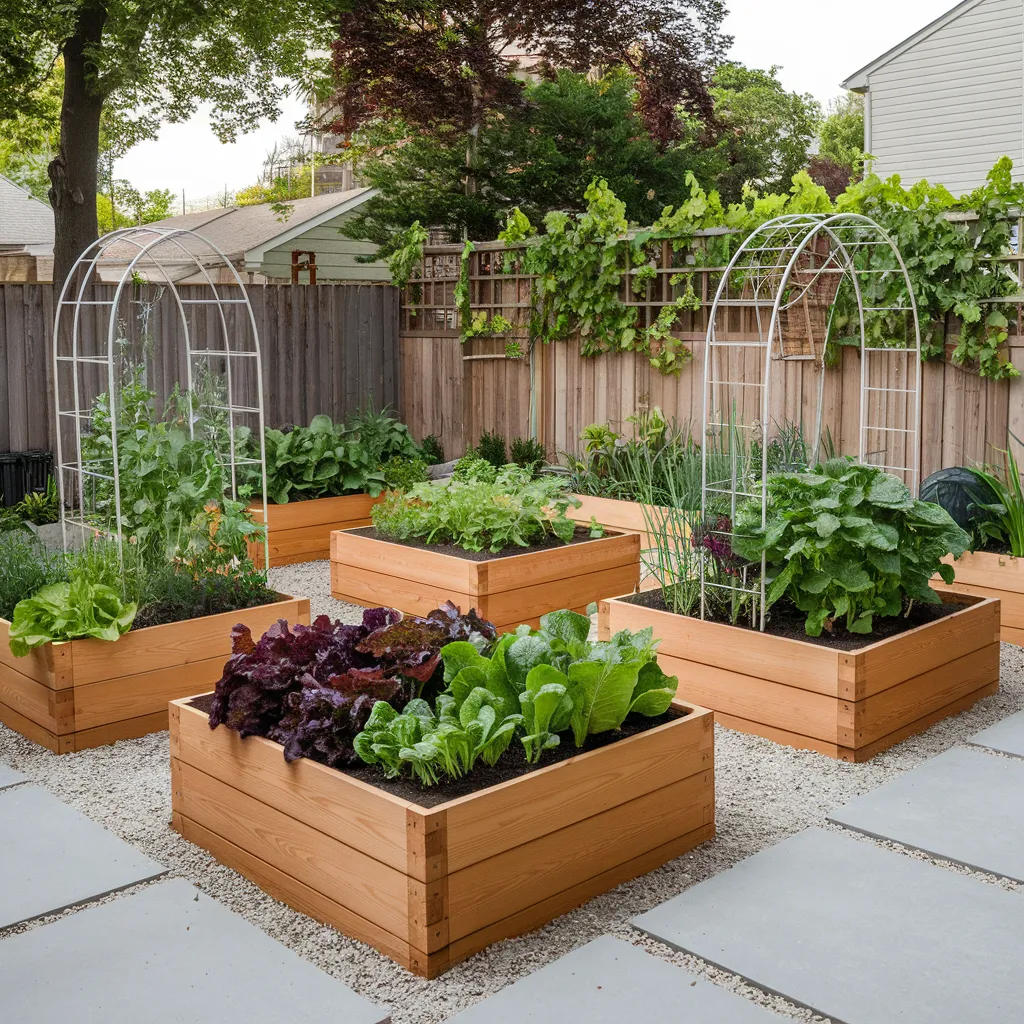
Square foot gardening is all about packing plants close together in a grid.
You get more food in less space, with less work.
How to do it:
- Build a 4×4 raised bed
- Divide it into 1-foot squares
- Plant different veggies in each square
Why it works:
No wasted space.
Easy to manage.
9. Hanging Vegetable Gardens: Use the Air
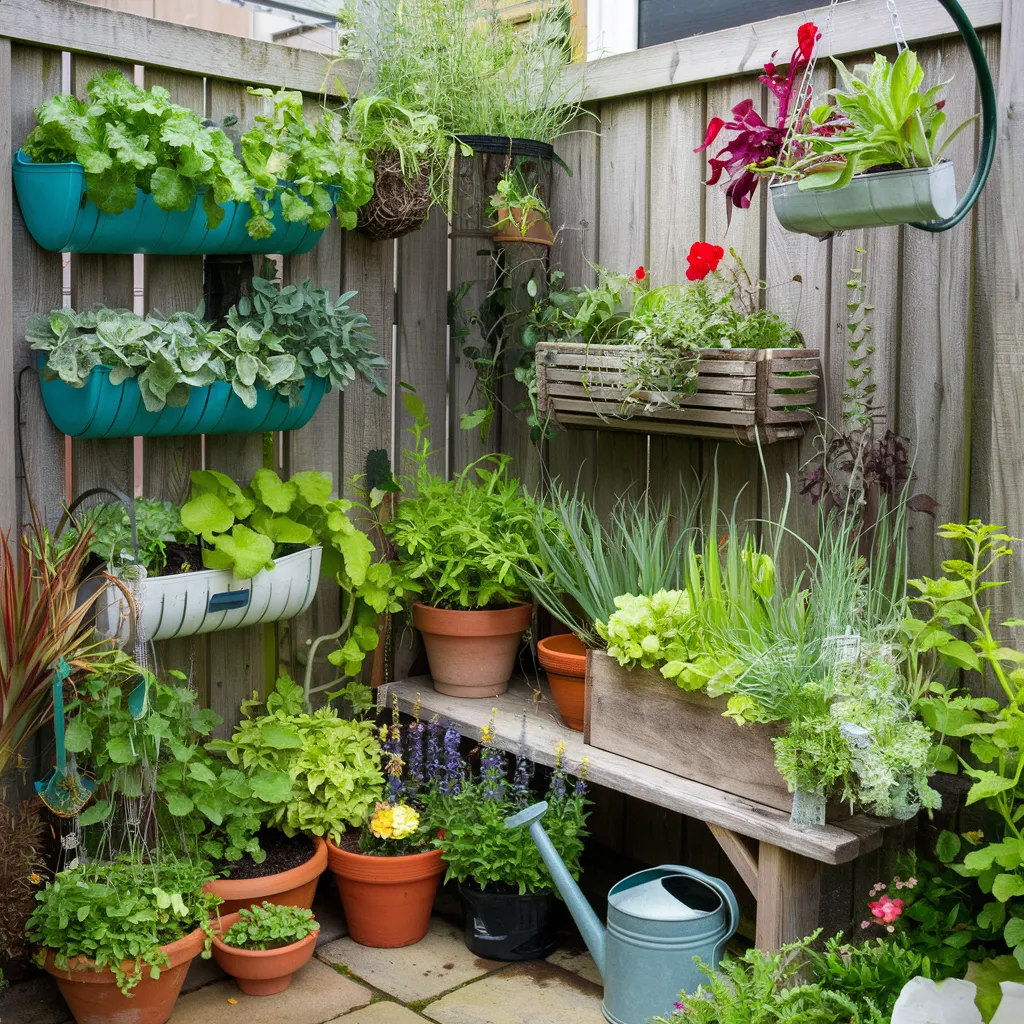
Hanging baskets aren’t just for flowers.
You can grow cherry tomatoes, strawberries, and herbs in them.
Where to hang:
- Balconies
- Porches
- Fences
Pro tip:
Use lightweight potting mix and water often.
10. Tiered Planters: Stack Your Veggies
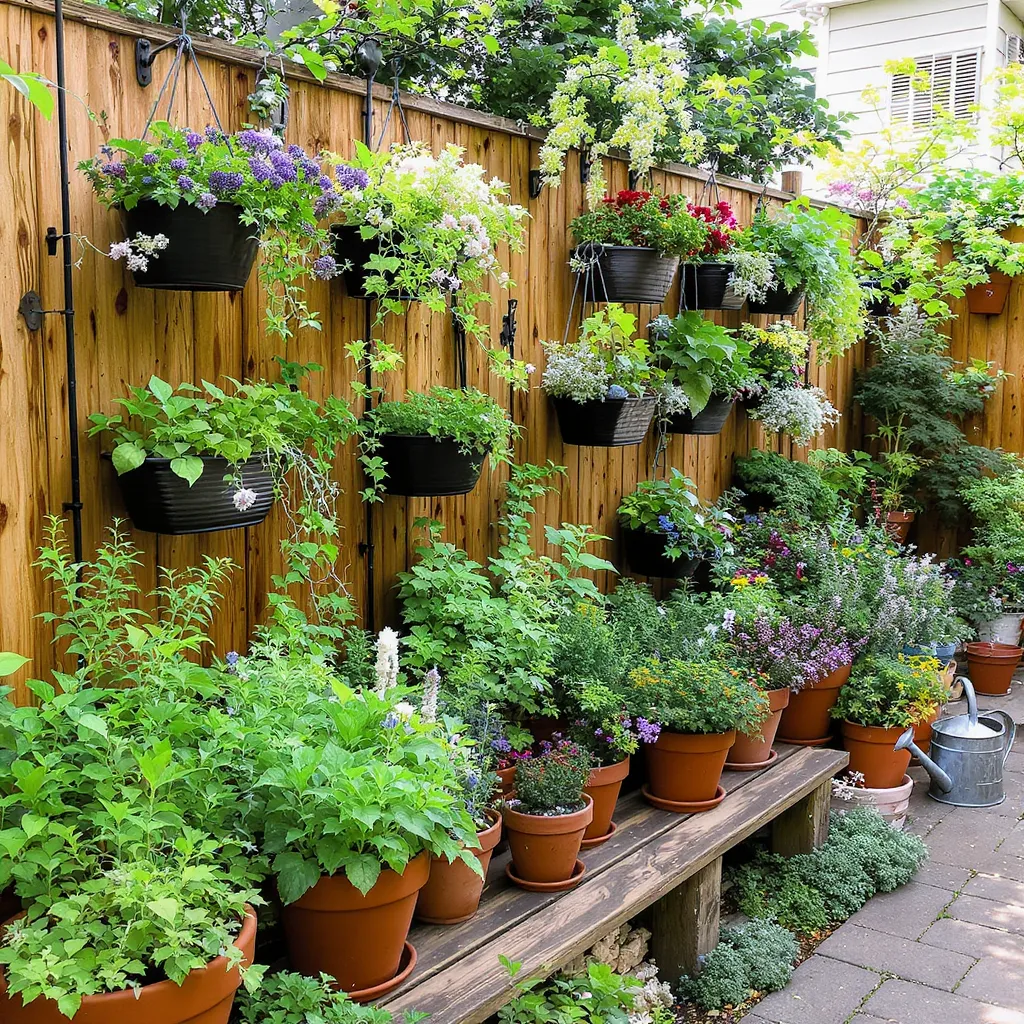
Tiered planters let you grow more in less space.
Think of them as plant shelves.
Best for:
Herbs, lettuce, radishes, and strawberries.
Why tiered planters?
- Easy to harvest
- Looks neat
- Great for patios
11. Companion Planting: Double Up Your Space
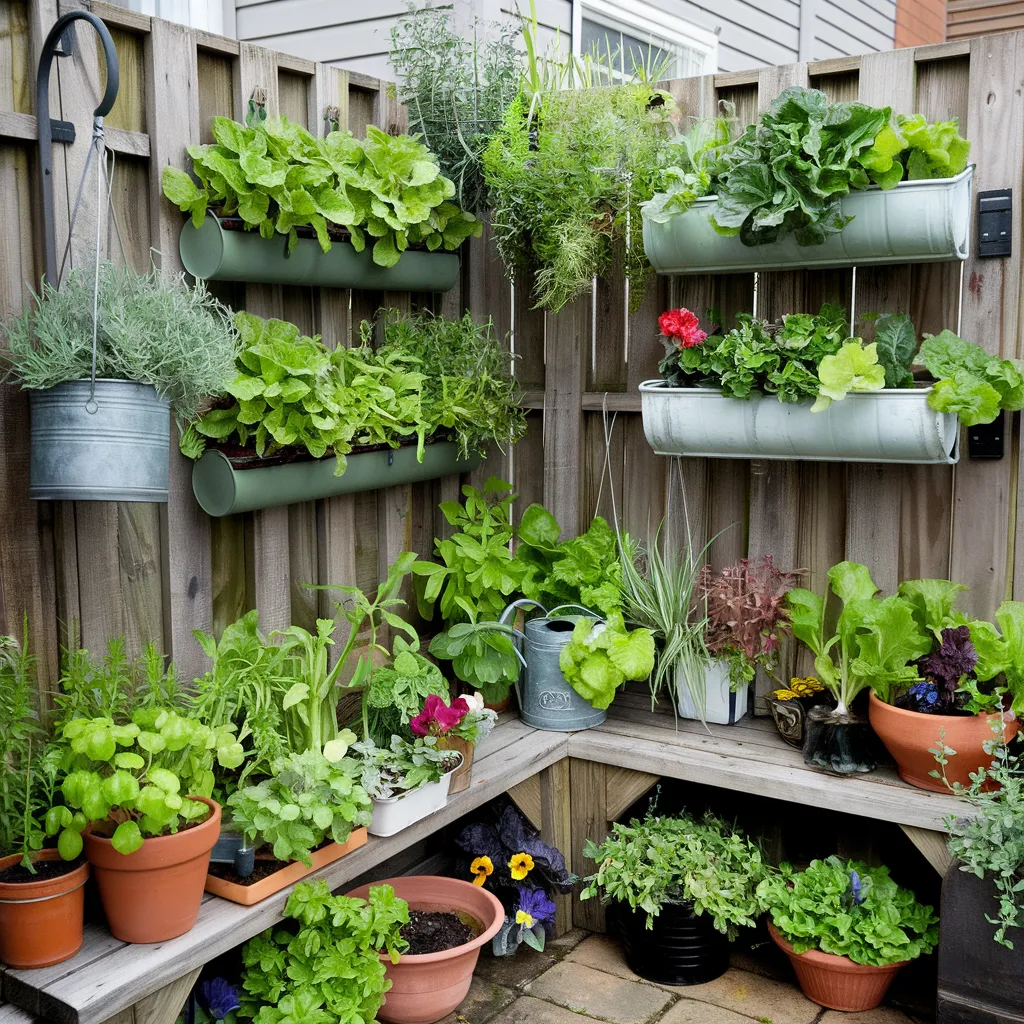
Companion planting means growing veggies that help each other.
It’s a classic small vegetable garden idea.
Examples:
- Tomatoes + basil
- Carrots + onions
- Beans + corn
Why it works:
You get more food, fewer pests, and healthier plants.
12. Balcony Vegetable Gardens: Urban Jungle Vibes
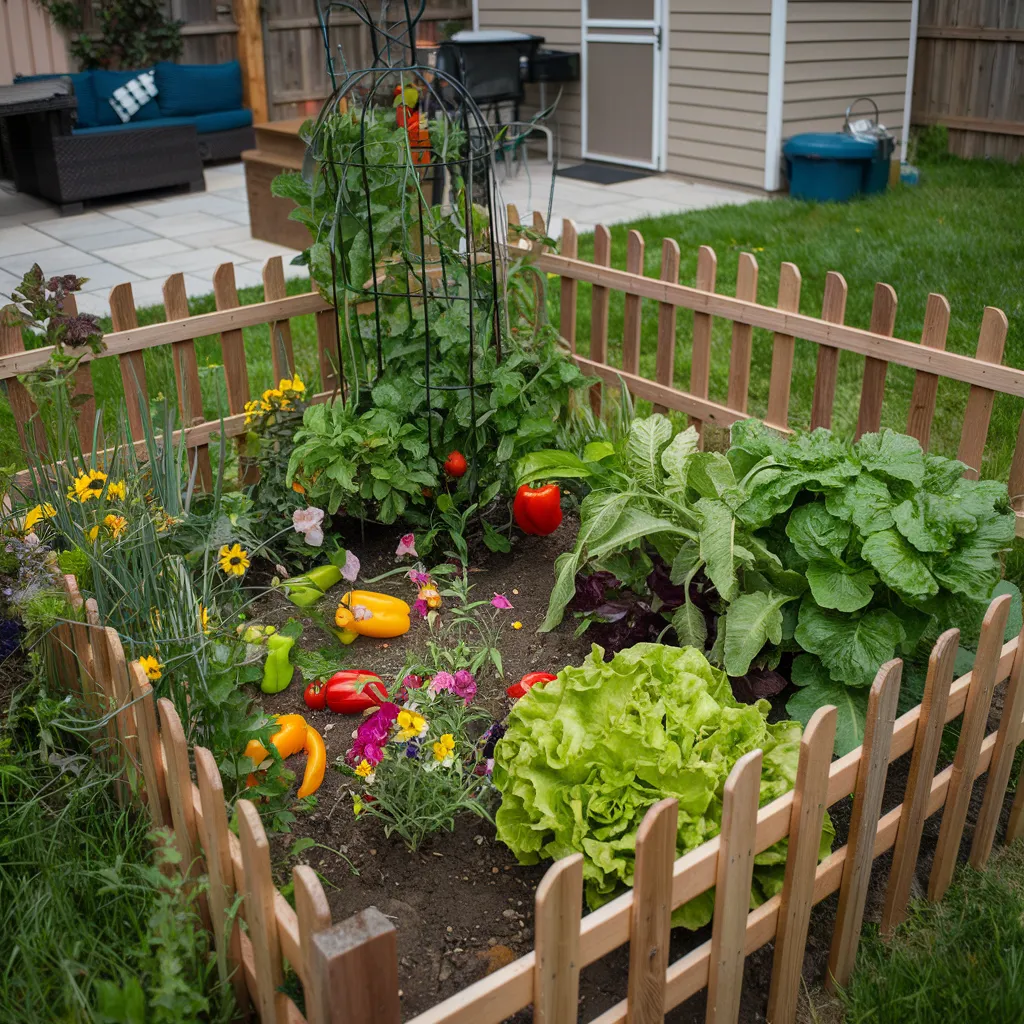
If you’ve got a balcony, you’ve got a garden.
Use railing planters, hanging baskets, and small pots.
Best balcony veggies:
- Peppers
- Cherry tomatoes
- Herbs
- Salad greens
LSI keywords:
Urban gardening, apartment vegetable garden, small space gardening.
13. Succession Planting: Keep the Harvest Coming

Don’t plant everything at once.
Succession planting means sowing new seeds every few weeks.
Why do it?
- Continuous harvest
- Less waste
- More variety
Example:
Plant lettuce every two weeks for fresh salads all season.
14. Indoor Vegetable Gardens: Grow Year-Round
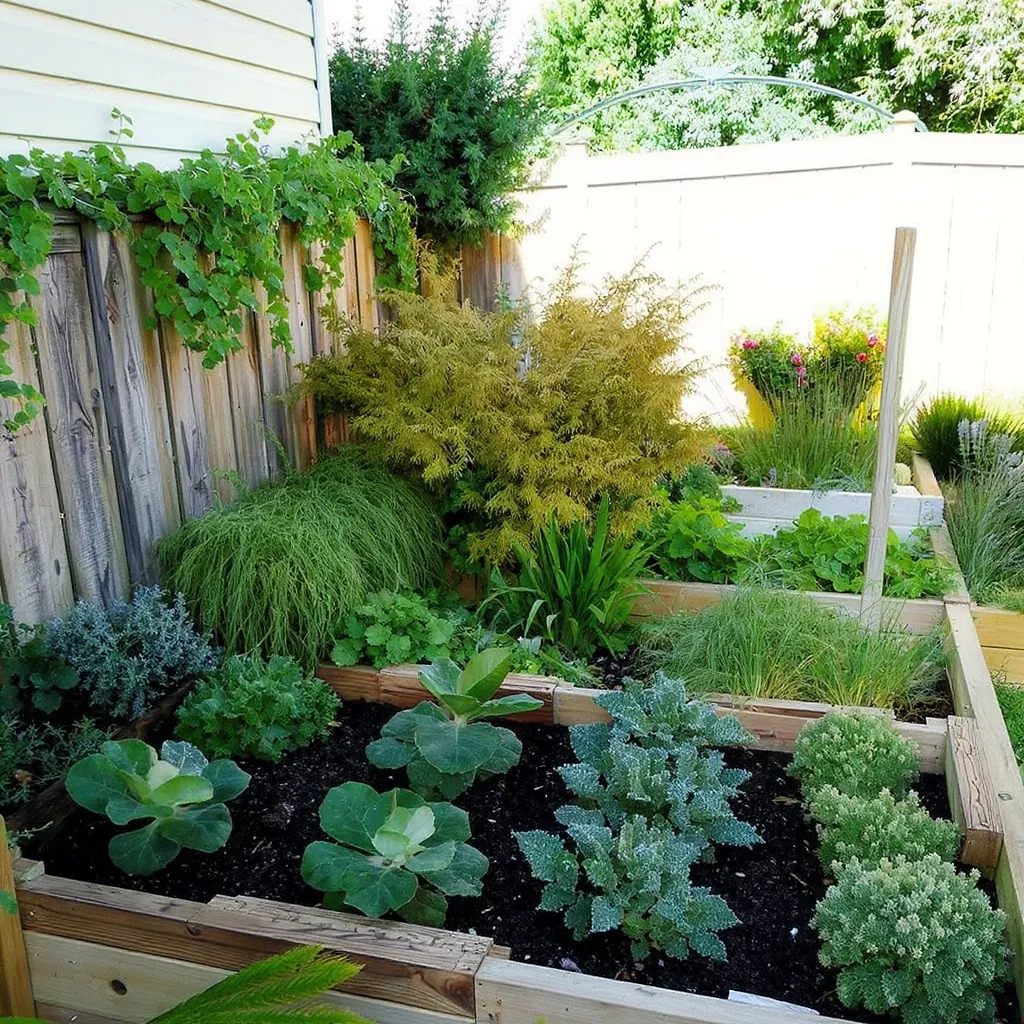
No outdoor space?
No problem.
You can grow veggies indoors with the right setup.
What you need:
- Grow lights
- Pots or trays
- Good potting mix
Best indoor veggies:
- Microgreens
- Herbs
- Lettuce
15. Edible Landscaping: Mix Veggies With Flowers

Who says your garden can’t look good?
Mix veggies with flowers in your front yard or along walkways.
Best combos:
- Kale with marigolds
- Swiss chard with petunias
- Peppers with nasturtiums
Why it works:
You get food and curb appeal.
No fluff. No fancy jargon. Just straight-up, actionable tips you can use today.
And yes, I’ll keep the keyword “15 small vegetable garden ideas” front and center, because that’s what you’re here for.
FAQs: 15 Small Vegetable Garden Ideas
What are the easiest vegetables to grow in a small garden?
Lettuce, radishes, spinach, and herbs like basil and parsley are super easy for small vegetable gardens.
How much sun do I need for a small vegetable garden?
Most veggies need at least 6 hours of direct sunlight. Leafy greens can handle a bit less.
Can I grow vegetables indoors?
Yes! Use grow lights and choose fast-growing crops like microgreens, lettuce, and herbs.
What’s the best soil for small vegetable gardens?
Use high-quality potting mix for containers and raised beds. Add compost for extra nutrients.
Final Thoughts
You don’t need a farm to grow your own food.
With these 15 small vegetable garden ideas, you can turn any space—big or small—into a productive, beautiful garden.
Start with one idea, see what works, and build from there.
Remember, the best small vegetable garden is the one you actually plant.
So grab a pot, some seeds, and get growing.
Because these 15 small vegetable garden ideas are your ticket to fresh food, right at home.